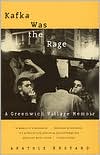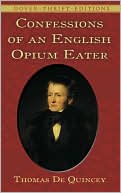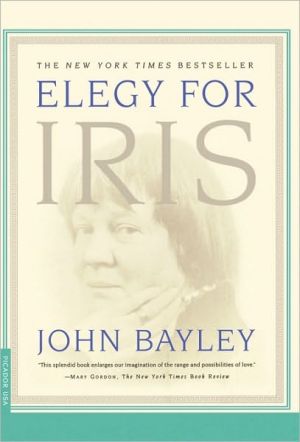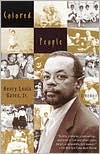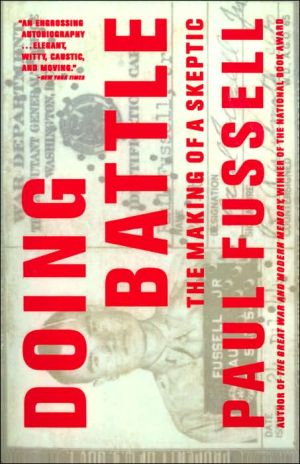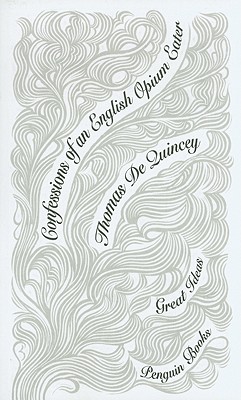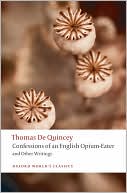Kafka Was the Rage: A Greenwich Village Memoir
What Hemingway's A Moveable Feast did for Paris in the 1920s, this charming yet undeceivable memoir does for Greenwich Village in the late 1940s. In 1946, Anatole Broyard was a dapper, earnest, fledgling avant-gardist, intoxicated by books, sex, and the neighborhood that offered both in such abundance. Stylish written, mercurially witty, imbued with insights that are both affectionate and astringent, this memoir offers an indelible portrait of a lost bohemia.
Search in google:
What Hemingway's A Moveable Feast did for Paris in the 1920s, this charming yet undeceivable memoir does for Greenwich Village in the late 1940s. In 1946, Anatole Broyard was a dapper, earnest, fledgling avant-gardist, intoxicated by books, sex, and the neighborhood that offered both in such abundance. Stylish written, mercurially witty, imbued with insights that are both affectionate and astringent, this memoir offers an indelible portrait of a lost bohemia. Kirkus Reviews Brilliant, funny, penetrating observations on life and culture in N.Y.C. after WW II from critic Broyard, who died of cancer in 1990 (Intoxicated by My Illness, 1992). "Nineteen forty-six was a good time—perhaps the best time—in the twentieth century," writes Broyard, and the reader wishes that the critic were still here to write a dozen more books just like this wonderful one to explain further exactly what he means. Broyard was 26 the year after the war, and his entree to then housing-scarce Greenwich Village took the form of moving in with the difficult and challenging Sheri Donatti, enigmatic abstract painter, wearer of no underpants, and proteg,e of Ana
\ Kirkus ReviewsBrilliant, funny, penetrating observations on life and culture in N.Y.C. after WW II from critic Broyard, who died of cancer in 1990 (Intoxicated by My Illness, 1992). "Nineteen forty-six was a good time—perhaps the best time—in the twentieth century," writes Broyard, and the reader wishes that the critic were still here to write a dozen more books just like this wonderful one to explain further exactly what he means. Broyard was 26 the year after the war, and his entree to then housing-scarce Greenwich Village took the form of moving in with the difficult and challenging Sheri Donatti, enigmatic abstract painter, wearer of no underpants, and proteg‚e of Ana‹s Nin. Comedy both ribald and poignant follows as Broyard tells the tale of his brief life with Sheri—including, along the way, sketches of his meetings with the likes of W.H. Auden (whom Sheri bumps into—literally), Erich Fromm, Meyer Schapiro, Delmore Schwartz and others, including Nin herself ("Her lipstick was precise, her eyebrows shaved off and penciled in, giving the impression," remarks Broyard, "that she had written her own face"). A break with Sheri is inevitable but, by the time it comes, the reader knows how thoroughly she emblemized the complicated ironies (and dead-ends) of postwar criticism and art—and how Broyard was to manage going on afterward in his own way. Again and again, his independence and right judgment reveal themselves in a mind that, in a Whitmanesque way, passionately insists on a genuine integration of life and art: "I wanted to be an intellectual, too, to see life from a great height, yet I didn't want to give up my sense of connection, my intimacy with things. When Iread a book, I always kept one eye on the world, like someone watching the clock." Vital criticism that—in these woebegone days especially—is wondrously to be valued.\ \
